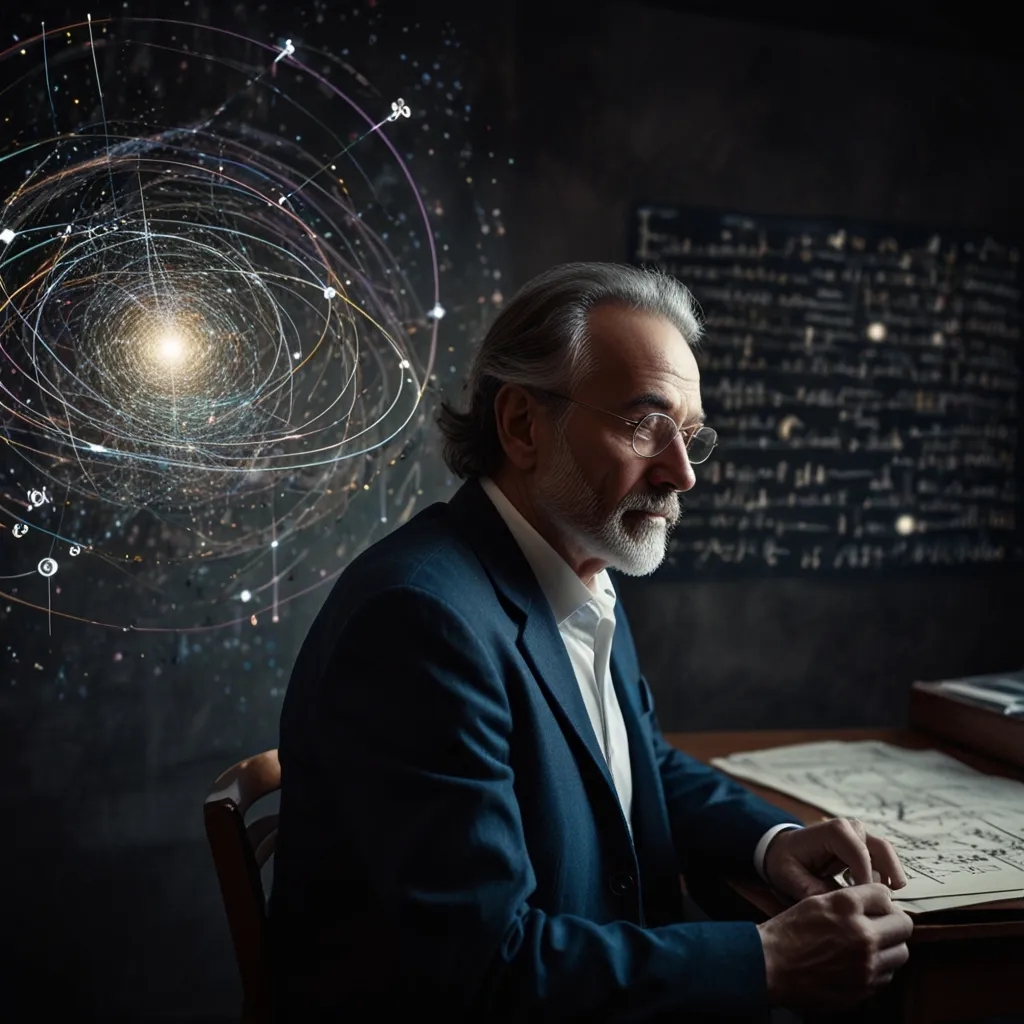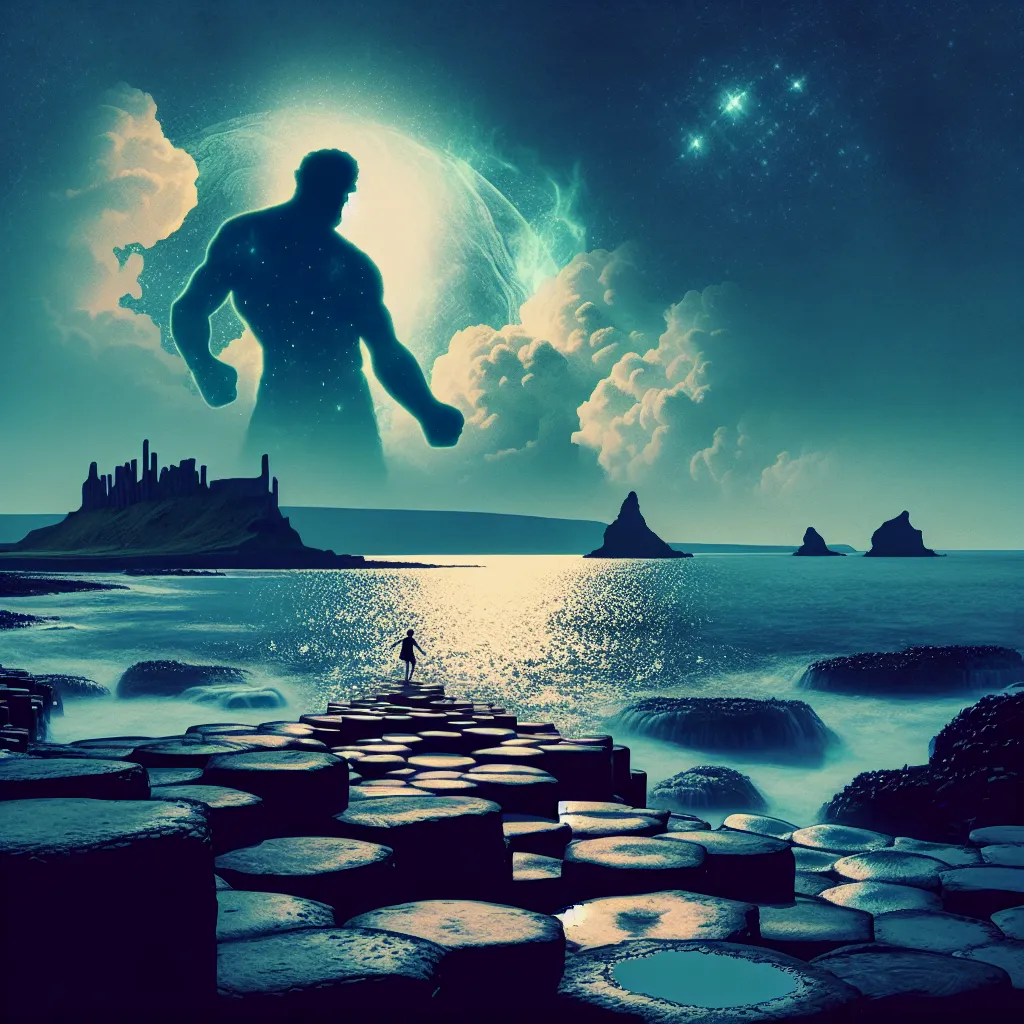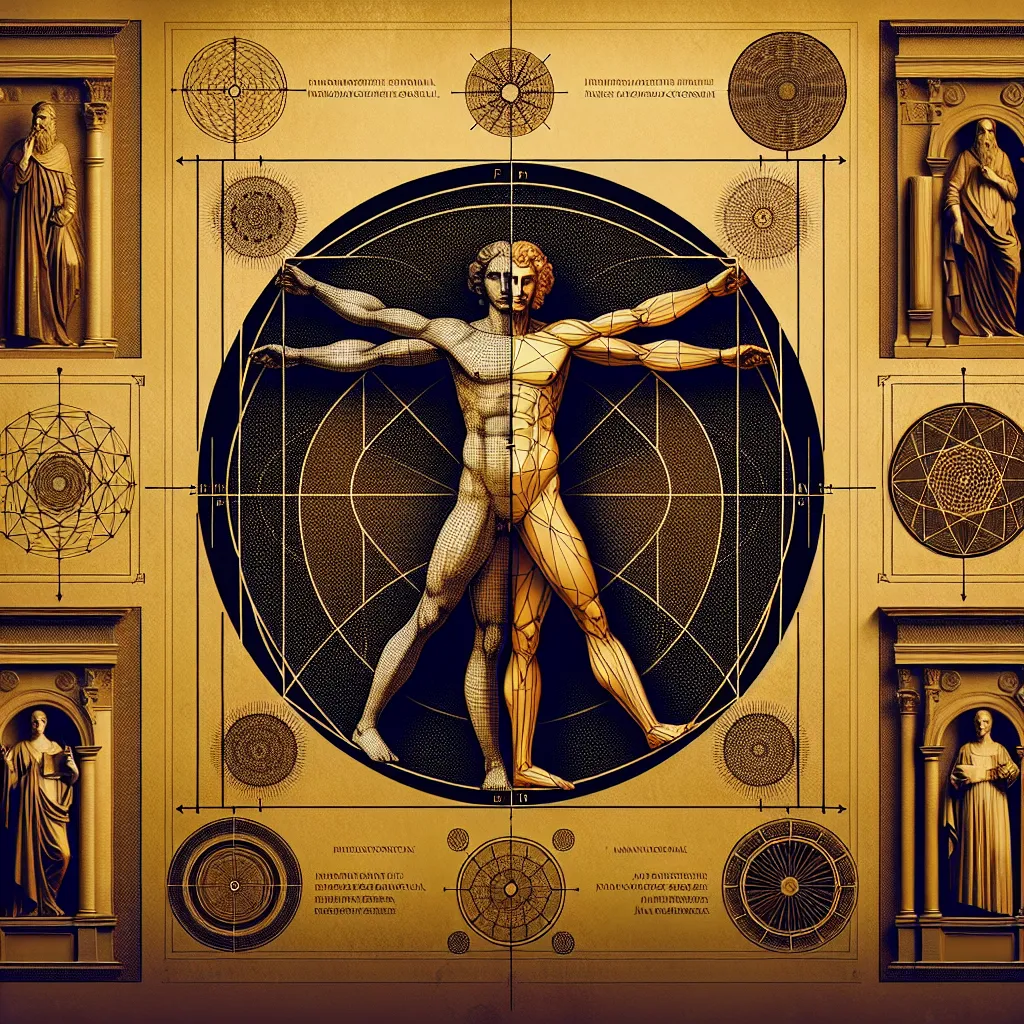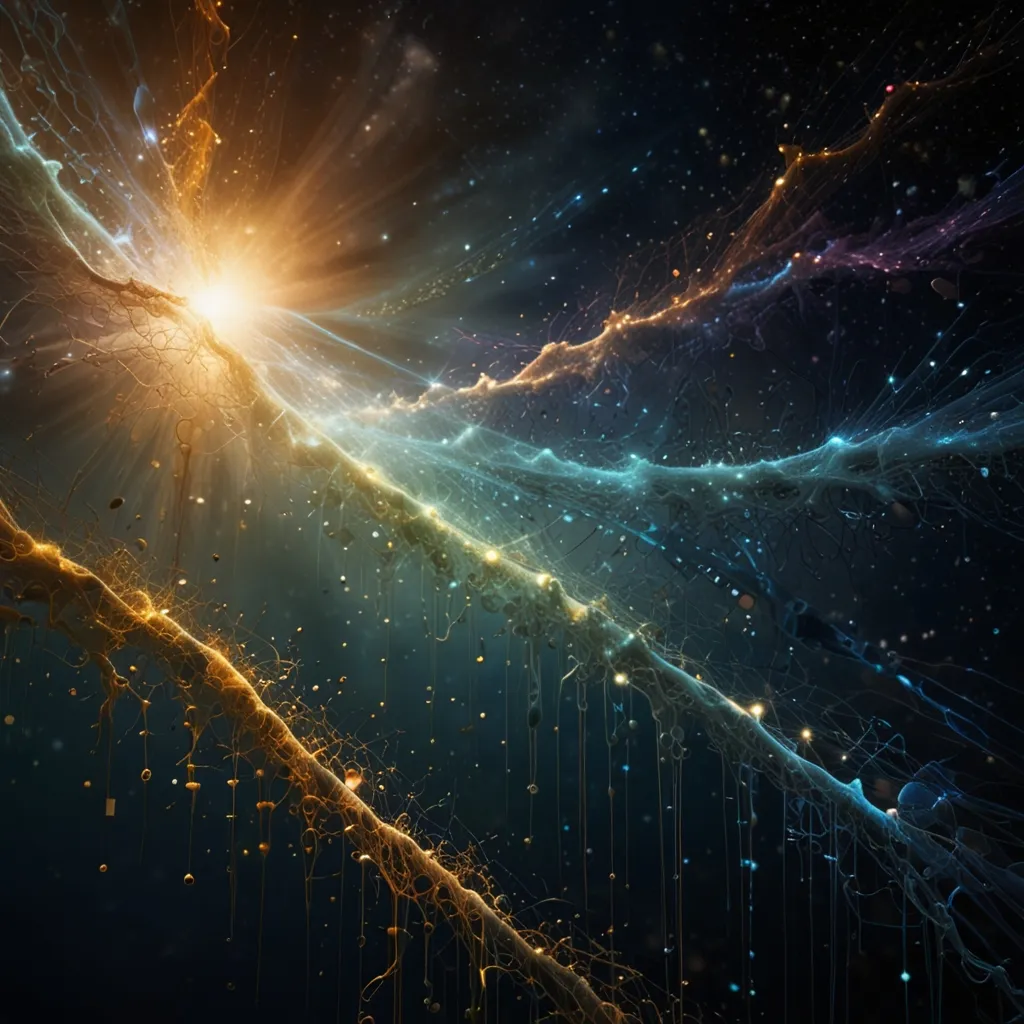Many physicists have spent their entire careers trying to answer one simple but monumental question: how does the universe work? Often, the seeds of theories that seem bizarre at first are what drive progress. Take the concept of light—once thought to be purely a wave, it’s now known to come in packets of energy called photons, a notion introduced by Albert Einstein in 1905. This idea helped explain the photoelectric effect, where light hitting a metal can emit electrons, but only above a certain frequency, not just intensity. This revelation was crucial for the advancement of quantum mechanics, our most accurate way yet to describe reality.
Fast forward to today, and quantum mechanics has evolved into Quantum Field Theory (QFT), a mathematical framework that describes nearly all particles and forces in the universe. Consolidated into what’s known as the Standard Model, this theory is remarkably accurate but has one glaring omission: it can’t explain gravity. We’re missing the next big, crazy idea that could provide a more complete picture of the universe.
Enter String Theory. Conceived in the late 1960s to explain particles like protons and neutrons, this theory proposes a universe made up of tiny vibrating strings and includes at least 10 dimensions—six more than the four dimensions we know (three spatial dimensions and time). While this might sound outlandish, String Theory intriguingly appears to offer a way to describe gravity, something the Standard Model fails to do. The big challenge is understanding how String Theory might fit with or differ from Quantum Field Theory.
Both String Theory and Quantum Field Theory aim to model the universe using mathematics, but they have different approaches. String Theory suggests that the universe’s smallest building blocks are one-dimensional strings vibrating in various dimensions. Different vibrational patterns of these strings account for different types of matter, forces, and energy. On the other hand, Quantum Field Theory treats particles as excitations in fields that fill the universe. Forces are the result of interaction between these particles, mediated by other particles called bosons. This framework underpins the Standard Model, which we’ve tested and validated extensively.
Despite their differences, both theories share roots in quantum mechanics and special relativity. They each, in principle, could describe all particles and forces. However, Quantum Field Theory has the edge in practical applicability—its predictions align with experiments to an incredibly precise degree. So why bother with String Theory’s seemingly outlandish ideas? One reason is that a certain vibration pattern in String Theory predicts a particle resembling the graviton, a theoretical particle thought to mediate the force of gravity, similar to how photons mediate electromagnetic force.
The graviton has yet to be detected, but its theoretical promise keeps physicists interested in String Theory. The real kicker is that Quantum Field Theory struggles with integrating gravity, leading to mathematical infinities when attempting to quantize spacetime itself. String Theory elegantly sidesteps this issue by incorporating extra dimensions, which could theoretically support the existence of gravitons.
Detecting these extra dimensions, however, remains a significant challenge. Scientists have tried numerous ways to find them, but so far, all have failed. Explanations like compactification suggest these dimensions are so tightly packed they’re almost impossible to see with current technology. Another idea involves superdimensional “brains,” suggesting that the universe might have more dimensions than we can access, isolated from our own.
The absence of detectable evidence for these extra dimensions has led some physicists to doubt String Theory’s validity. Yet, that doesn’t completely discredit it. Remember, gravitational waves were predicted by Einstein a century before they were observed. Similarly, string theory might just be ahead of its time.
Even if String Theory remains unproven, it continues to spur new ideas that could eventually bridge the gap between Quantum Field Theory and gravity. In essence, we’re looking for a unified theory that comprehensively explains both quantum mechanics and gravity. Whether String Theory provides the key or not remains to be seen, but its mathematics might be instrumental in leading us to the next big, crazy idea that finally cracks the code of the universe.






